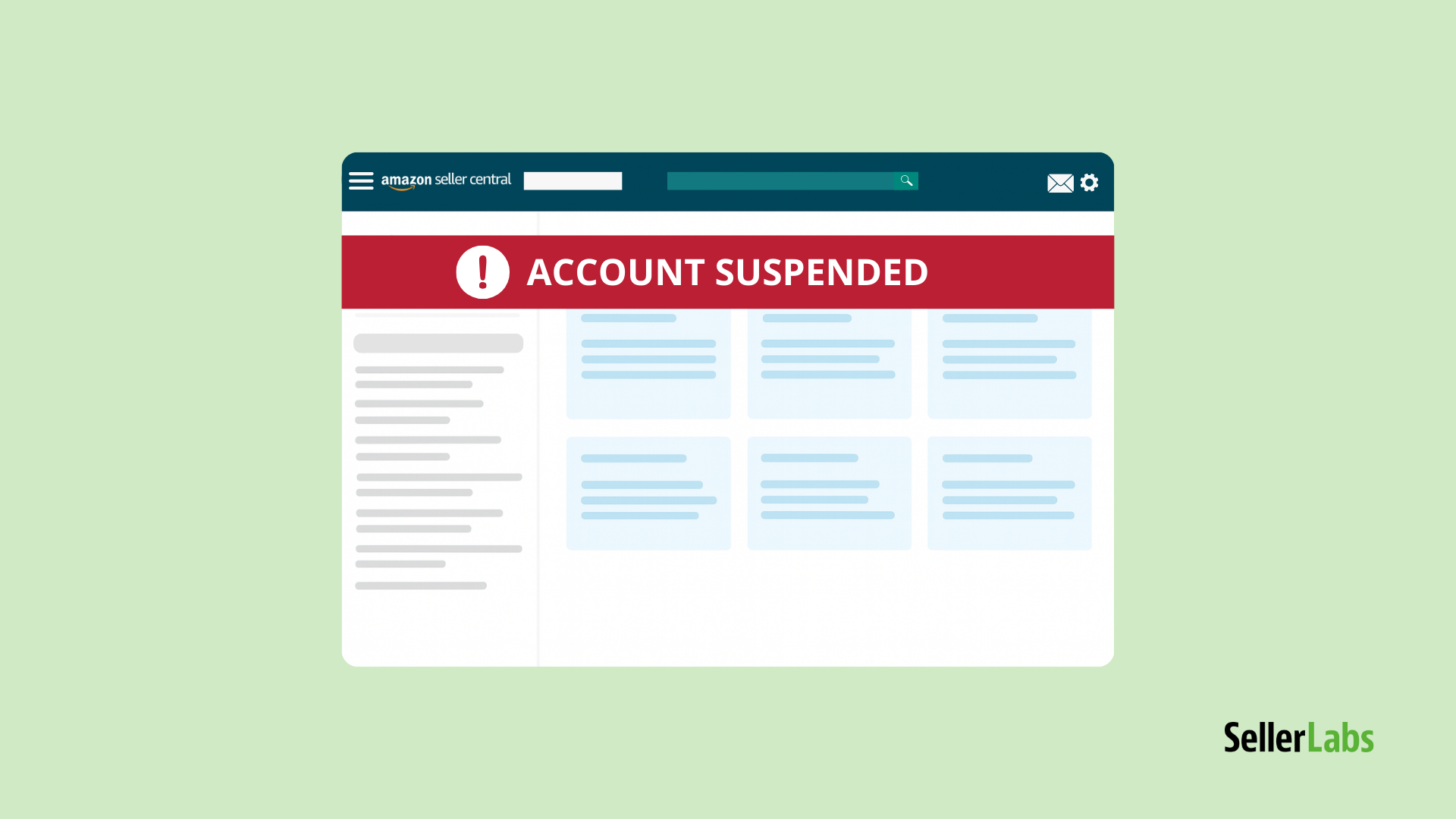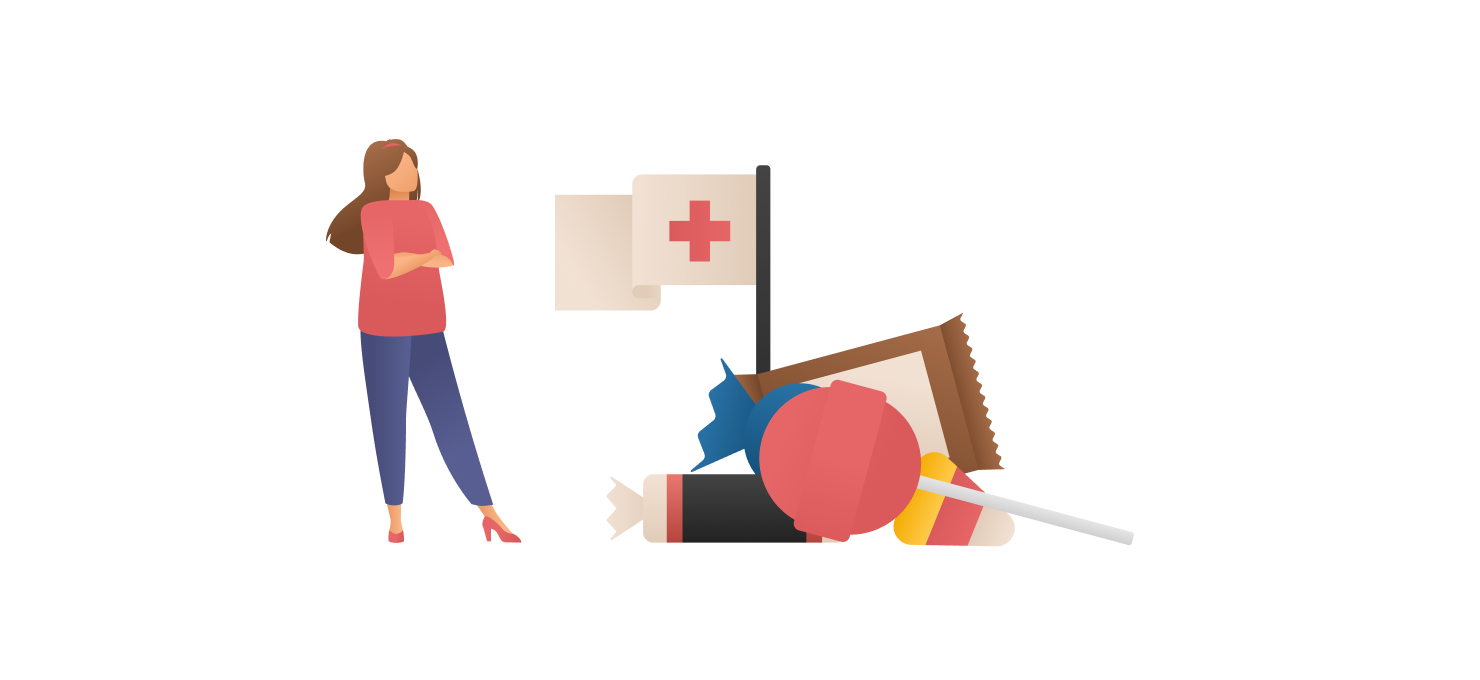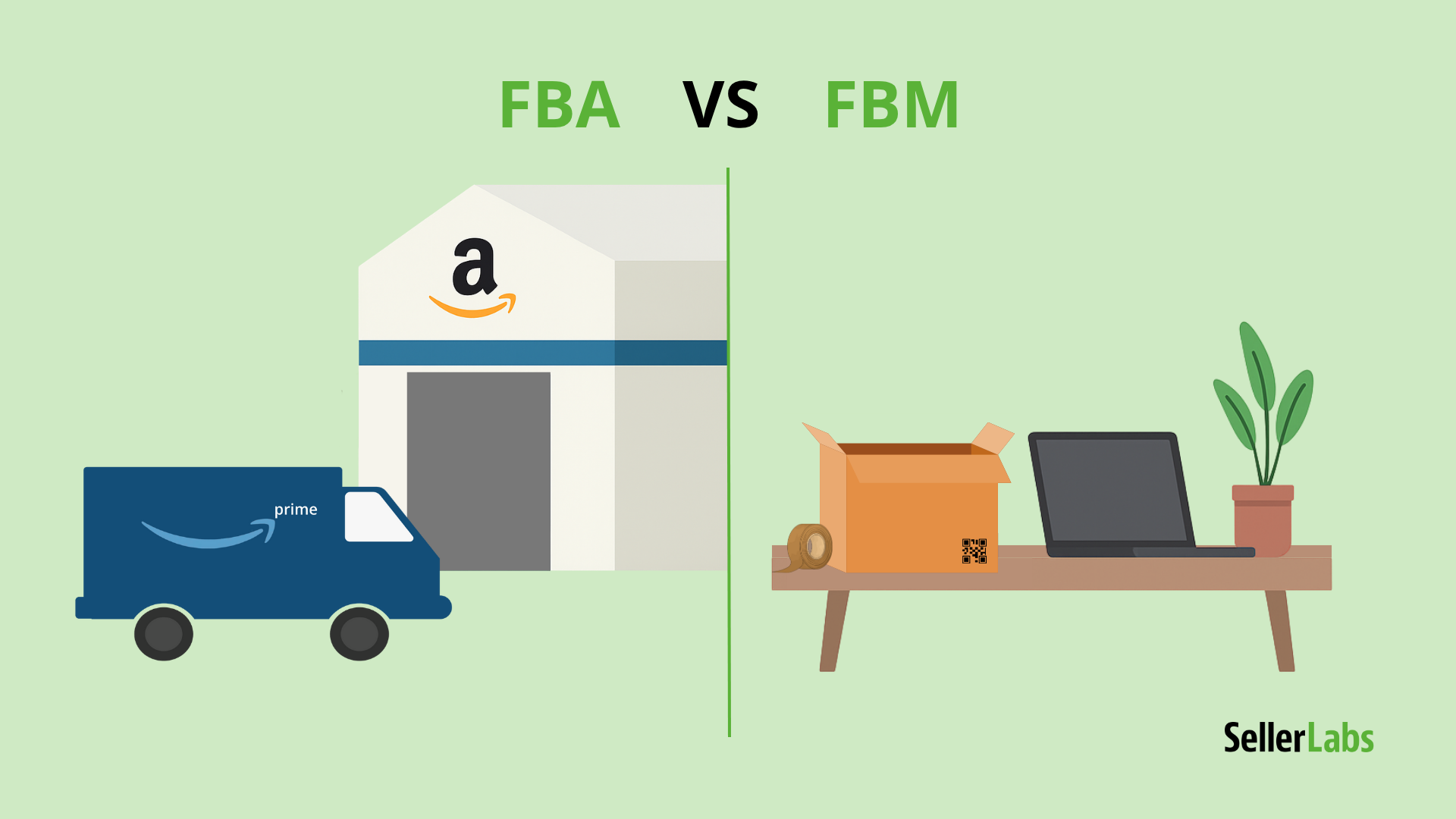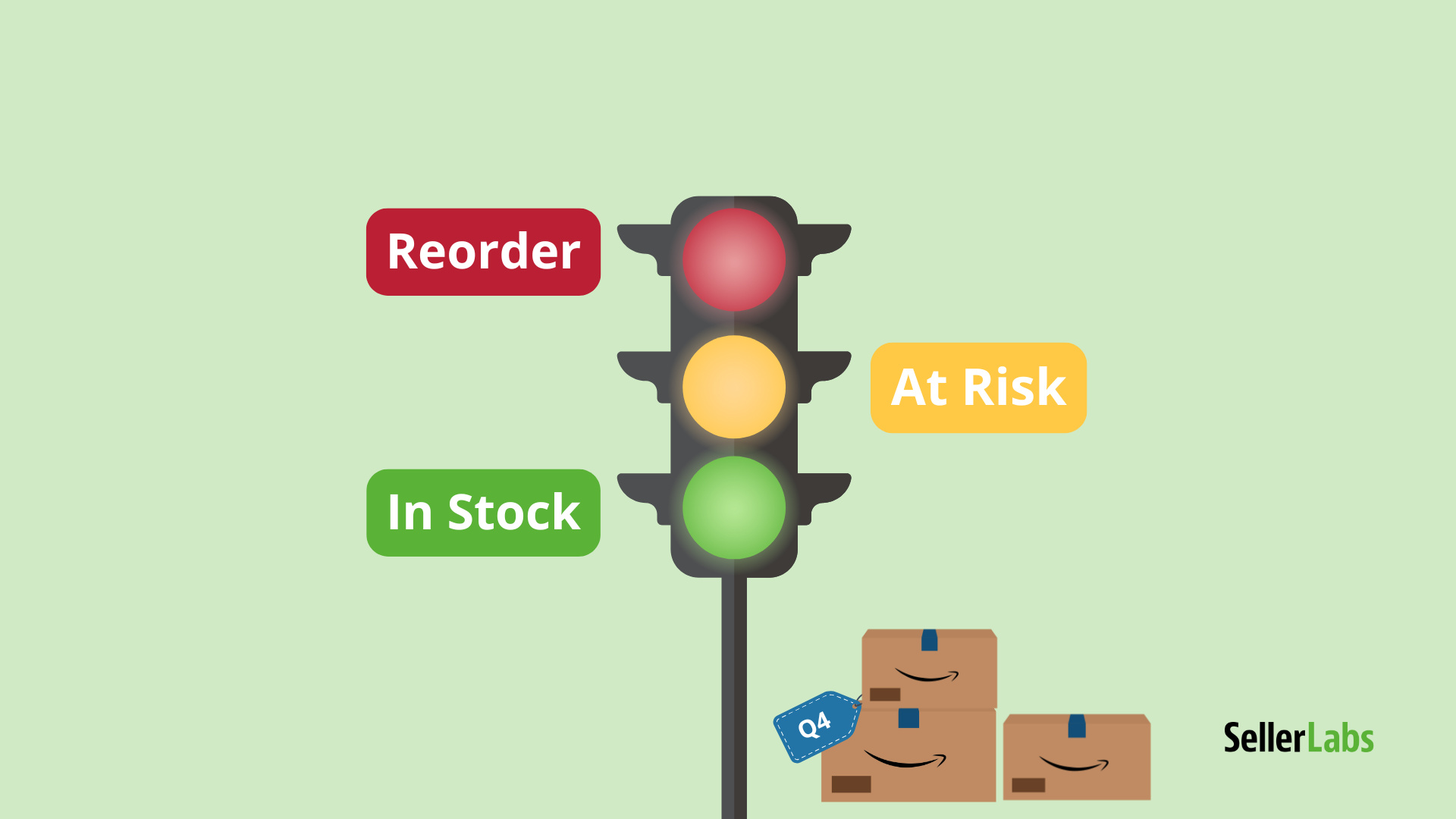“Why did Amazon suspend my seller account? I didn’t do anything wrong. What can I do now?”
If you’re an Amazon seller, a sudden account suspension can feel like a gut punch—especially when you don’t know what caused it. The reality is that Amazon enforces strict compliance rules, and even small mistakes (or false customer claims) can trigger a suspension.
This guide will help you:
- Understand the most common reasons sellers get suspended
- Learn what steps to take immediately after a suspension
- Write a strong Plan of Action (POA)
- Avoid future suspensions by staying proactive
Why it matters: Amazon continues tightening compliance through AI-driven monitoring and stricter rule interpretation, so sellers must be more vigilant than ever.
Quick Guide
| Problem | Pain Point | Solution |
|---|---|---|
| Account suspended | Sales halted, stress skyrocketing | Identify the cause (policy violation, late shipments, inauthentic claims) |
| No clear info from Amazon | Unsure what rule you broke | Check performance notifications and account health metrics |
| Want it back ASAP | Lost revenue every day | Submit a clear POA with root cause, correction, and prevention |
| Fear of repeat suspension | No trust in system | Learn compliance and avoid red flags |
Why did Amazon suspend my account without warning?
Amazon doesn’t always give advance warning before a suspension. Their system flags accounts based on performance metrics, buyer complaints, policy violations, or risk detection systems. Even a single serious violation—like selling counterfeit products or repeatedly missing delivery windows—can lead to an immediate suspension.
Common reasons include:
- Poor Order Performance (ODR > 1%)
- Late Shipment Rate over 4%
- Product Authenticity Complaints
- Restricted or Prohibited Products
- Inaccurate Listings
- Linked Accounts (using multiple accounts without permission)
- Manipulating Reviews or Feedback
I didn’t violate any policies. Can Amazon still suspend me?
Yes—many sellers are shocked to discover their accounts suspended even without intentional wrongdoing. Sometimes:
- A customer files a false counterfeit claim
- Your supplier sends you unauthorized or gray-market goods
- You get a string of negative feedback or A-to-Z claims raises red flags
- There’s a misunderstanding in your listing or compliance labeling
Amazon’s algorithm acts on patterns and risk triggers, not just obvious violations. That’s why it’s essential to monitor your Account Health Dashboard regularly.
What should I do right after the suspension?
Here’s your step-by-step action plan:
- Stay Calm – Panicking leads to reactive, emotional appeals that get rejected.
- Log In – Go to your Seller Central > Performance Notifications.
- Read the Notice Carefully – Identify the specific policy cited.
- Gather Evidence – Pull invoices, shipping logs, or customer correspondence.
- Create a Plan of Action (POA) that includes:
- Root Cause – Why it happened
- Corrective Actions – How you fixed it
- Preventive Actions – How it won’t happen again
Pro Tip:
Be factual. Don’t blame Amazon. Show you take responsibility and are committed to compliance.
How do I write a strong Plan of Action (POA)?
Your POA needs to be:
- Structured (Amazon loves clarity)
- Objective (focus on data, not emotions)
- Solution-Oriented (not defensive)
Example POA Structure:
- Root Cause: A product was incorrectly listed under a restricted ASIN due to a catalog error.
- Corrective Action: We immediately removed the listing and corrected categorization.
- Preventive Action: We implemented a secondary ASIN review process before listings go live.
Avoid blaming customers or using vague statements like “We won’t do it again.”
How long will it take to get reinstated?
It varies. Some sellers get reinstated in 24–48 hours, while others wait weeks. Timing depends on:
- Severity of violation
- Quality of your appeal
- Whether you’ve been suspended before
If your appeal is rejected, you can revise and resubmit. If multiple appeals fail, consider hiring a reputable Amazon appeal expert.
How can I avoid future suspensions?
Prevention is better (and cheaper) than recovery. Follow these best practices:
- Monitor Account Health weekly
- Use authentic suppliers (and keep invoices!)
- Stay on top of shipping and customer service
- Avoid review manipulation tactics
- Understand Amazon’s Terms of Service—they update often
Subscribe to Amazon’s policy update newsletters and Seller Forums to stay ahead.
Final Thoughts
Getting suspended can feel like the end of the world, but it’s usually reversible with the right approach. Amazon wants professional sellers on its platform—it just needs reassurance that you’re trustworthy and compliant.
Be proactive, not reactive. Know the rules, monitor your metrics, and respond with professionalism when problems arise.
Ready to strengthen your Amazon business — and reduce your suspension risks?
Stay on top of performance metrics, feedback, and inventory with the Seller Labs Genius Bundle.
For a limited time, Get 30% off your first month — after your 30-day free trial.
Helpful Resources
- Amazon Seller Performance Notifications
- Amazon Account Health Dashboard
- Amazon Selling Policies
- Amazon Seller Forums
Related Blogs
- Low Inventory Level Fees: Do You Know How Much Amazon Is Charging You?
Learn how Amazon’s low inventory level fees work and what they mean for your bottom line. - Master Amazon Inventory Like a Pro in 2025 with Seller Labs
Get strategies and tools to stay in stock and avoid costly inventory mistakes. - Amazon 2025 Fee Changes: How They Affect Sellers
Understand the latest fee increases and how to adapt your business strategy. - Amazon Buyer-Seller Messaging Suspension: How to Address & Prevent It
Learn what triggers messaging suspensions and how to protect your account. - Amazon SEO: How to Optimize Your Product Listings for Higher Rankings & Sales
Boost visibility and drive more organic sales with updated SEO strategies.







